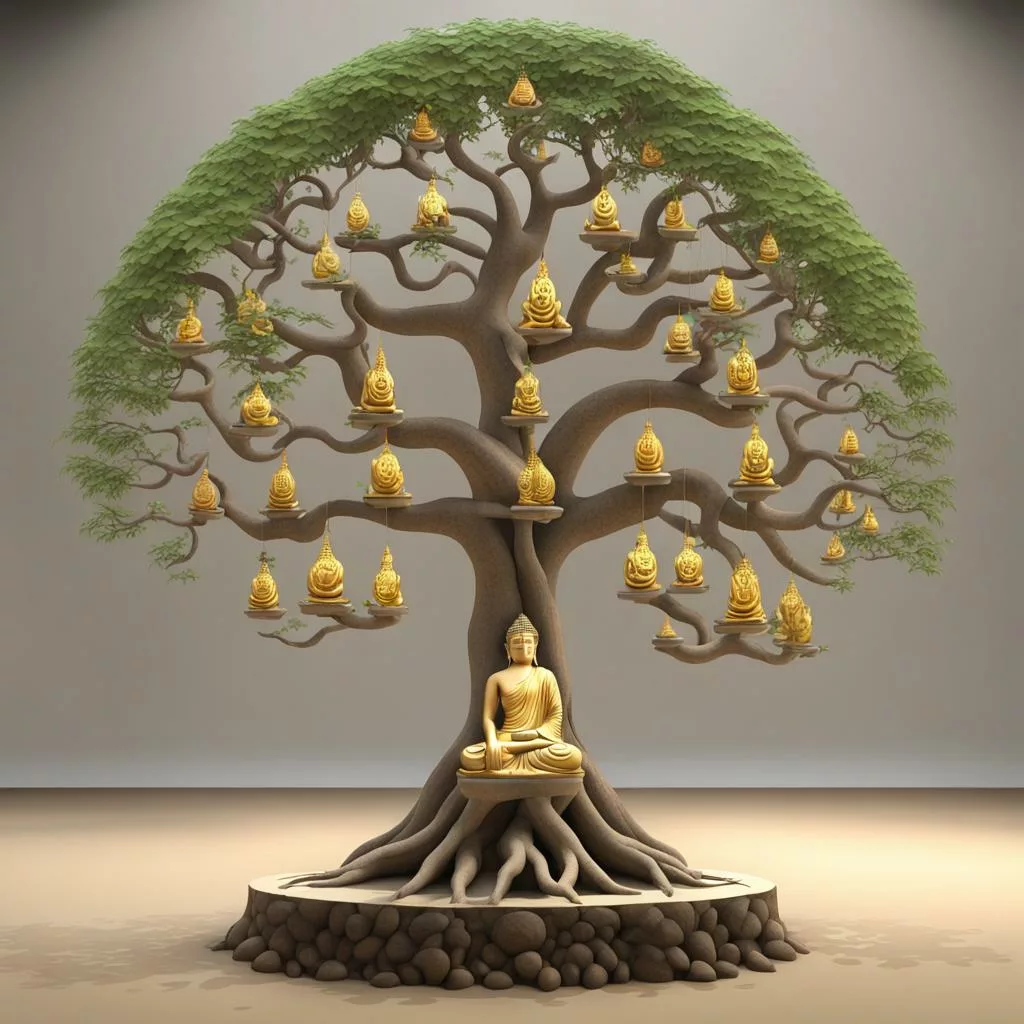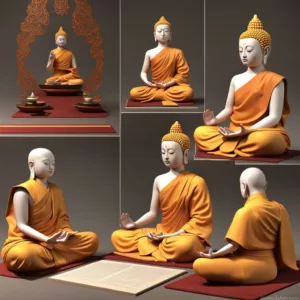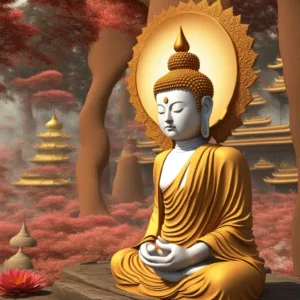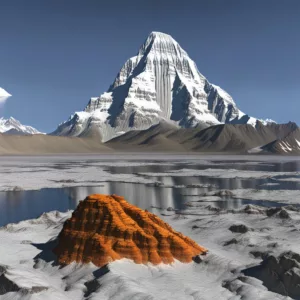
I would love to visit where Buddhism Born someday.
Secrets of Meditation for Anxiety
Like millions of people, you may have suffered from anxiety for years. Meditation, yoga, peaceful music – it never works. It takes too long, and it’s not stable. Why? Because peace is treated as a cause for freedom, but it’s not – it’s the result. The cause to free yourself from anxiety is completely different.
Click now to Overcome Anxiety for good.
Table of Contents
Summary: Where Buddhism Began
Entities:
- Buddhism (Religion)
- Siddhartha Gautama (Person) – Founder of Buddhism (also known as the Buddha)
- Lumbini (Location) – Birthplace of Siddhartha Gautama, in modern-day Nepal
- Maya Devi Temple (Location) – Temple built around the birthplace of the Buddha in Lumbini
- Mauryan Empire (Historical Empire) – Ruled much of South Asia in the 3rd century BCE
- Ashoka (Person) – Mauryan emperor who erected a pillar marking the Buddha’s birthplace
Relationships:
- Founded By (Person-Religion): Siddhartha Gautama – Buddhism
- Birthplace Of (Person-Location): Siddhartha Gautama – Lumbini
- Located In (Location-Location): Lumbini – Nepal
- Built Around (Location-Location): Maya Devi Temple – Lumbini
- Ruled (Empire-Person): Mauryan Empire – Ashoka
- Erected By (Person-Location): Ashoka – Lumbini (pillar)
Events:
- Birth (Event-Person): Siddhartha Gautama (born around 5th century BCE)
the Birthplace of Buddhism: A Journey to Lumbini
Buddhism, a religion centered on peace, enlightenment, and liberation from suffering, boasts a rich history stretching back millennia. But where did this impactful philosophy begin? This post embarks on a journey to uncover the birthplace of Buddhism: Lumbini, a sacred site nestled in modern-day Nepal.
Tracing the Footsteps of the Buddha: where Buddhism Born
According to Buddhist tradition, Siddhartha Gautama, the founder of Buddhism, was born in Lumbini Garden around the 5th century BCE. This picturesque location, imbued with spiritual significance, is believed to be where his mother, Queen Maya, gave birth under a sal tree.
How to meditate like a yogi
and enter profound samadhi
A Land Steeped in History:
Lumbini’s rich archaeological heritage offers a glimpse into the past. Excavations have unearthed remnants of ancient monasteries, stupas (dome-shaped structures), and a pillar erected by the Mauryan emperor Ashoka in the 3rd century BCE, marking the birthplace. These historical treasures paint a vivid picture of Lumbini’s role as a significant pilgrimage site for centuries.
A Flourishing Pilgrimage Destination:
Today, Lumbini serves as a beacon for Buddhist pilgrims worldwide. The Maya Devi Temple, built around the site where the Buddha is said to have been born, is the focal point. Pilgrims come to pay homage, meditate, and connect with the spiritual energy of the birthplace of their faith.



Beyond the Historical Significance:
Lumbini’s significance extends beyond its historical importance. It serves as a potent symbol of the Buddha’s message of peace, compassion, and the potential for enlightenment that resides within all beings. The serene atmosphere and diverse cultural tapestry of Lumbini provide a unique space for reflection and spiritual growth.
Exploring Lumbini:
For those seeking to learn more about the birthplace of Buddhism, Lumbini offers a captivating experience. Visitors can explore the Maya Devi Temple, the surrounding monasteries, and the International Buddhist Monastery Zone, showcasing various Buddhist architectural styles. The Lumbini Museum houses a collection of ancient artifacts, providing further insight into the site’s history.
A Journey of Discovery:
A visit to Lumbini is more than just sightseeing; it’s a chance to connect with the roots of Buddhism. Whether you’re a seasoned practitioner or simply curious about this world religion, Lumbini offers a unique opportunity to step back in time, feel the spiritual energy of the place, and gain a deeper appreciation for the origins of Buddhism.
Related Terms
Locations:
- Lumbini, Nepal
- Maya Devi Temple
- Kapilvastu (ancient city near Lumbini)
- Terai region (geographical region in Nepal)
- Himalayan foothills
People:
- Siddhartha Gautama (Buddha)
- Queen Maya (Buddha’s mother)
- Emperor Ashoka
- Buddhist pilgrims
- Monks and nuns
Concepts:
- Pilgrimage site
- Spiritual significance
- Archaeological heritage
- Buddhist tradition
- Enlightenment
- Peace
- Compassion
Historical Periods:
- 5th century BCE
- Mauryan Empire (3rd century BCE)
Other:
- Sacred garden
- Stupas (dome-shaped structures)
- International Buddhist Monastery Zone
- Lumbini Museum
- Religious tourism
- Buddhist art and architecture

May all beings be happy
May all beings be peaceful
May all beings be safe
May all beings awaken to the light of their true nature
May all beings be free







